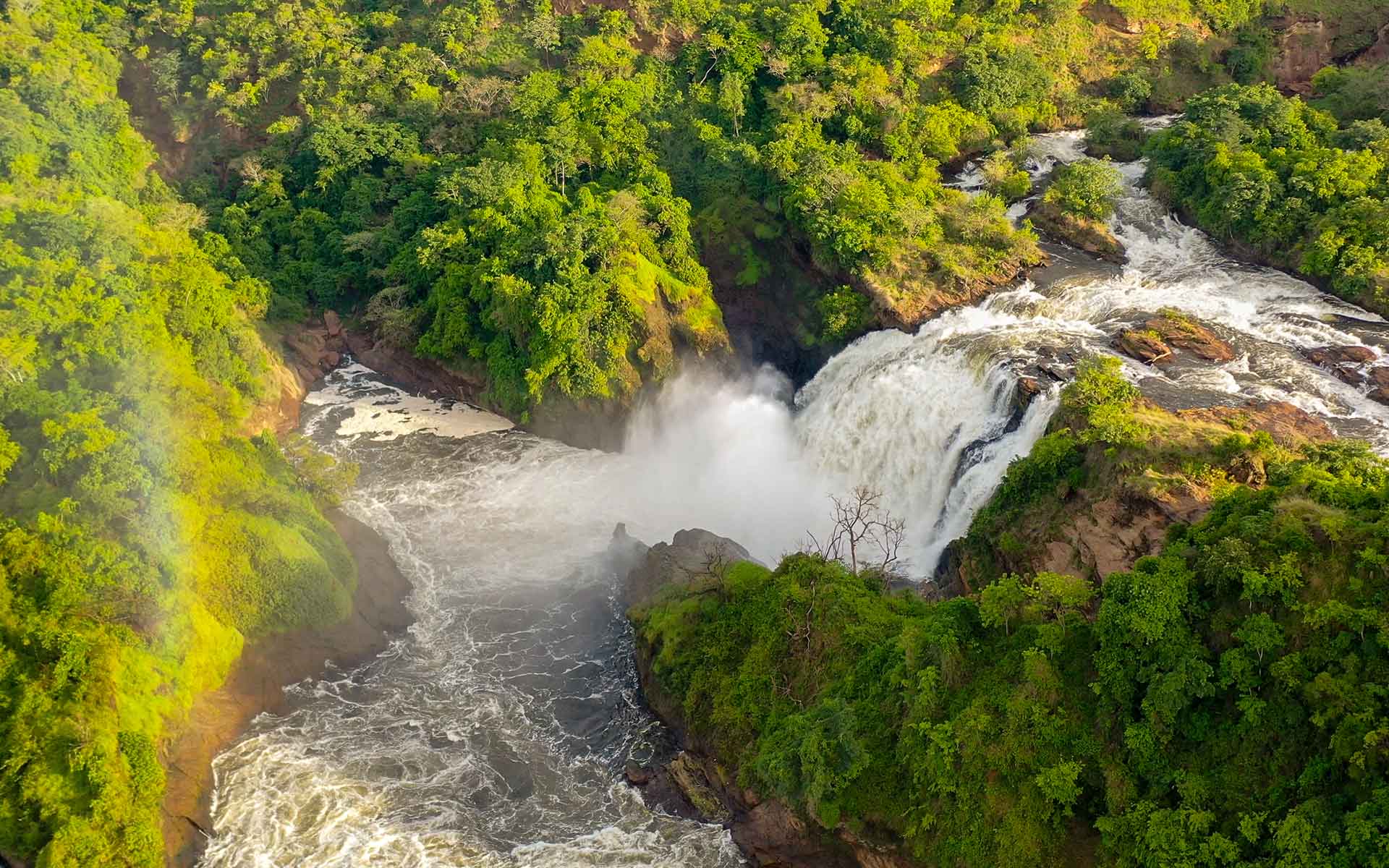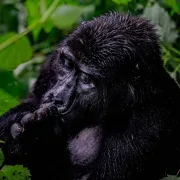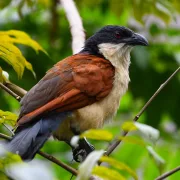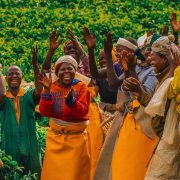
Uganda vs. Rwanda for Gorilla Trekking: An Honest Comparison
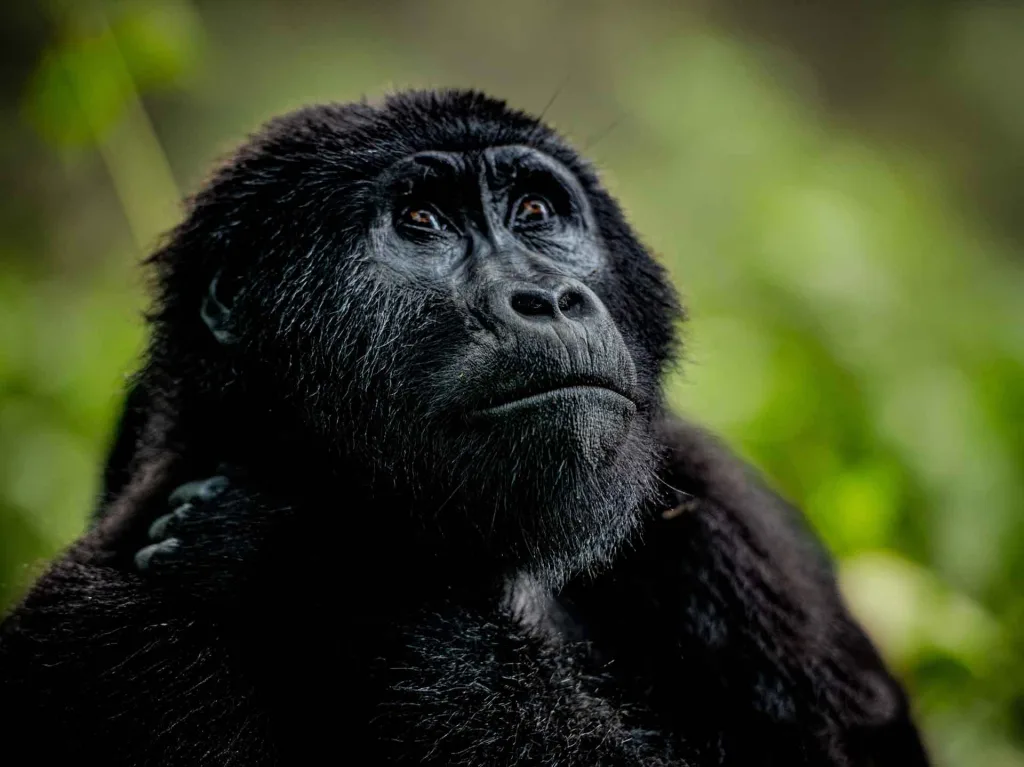
We get this question almost daily at Raja Safari Holidays: “Should I trek gorillas in Uganda or Rwanda?” It’s one of the most important decisions travelers make when planning their East African adventure, and honestly, there’s no universal “right” answer. Both countries offer incredible experiences, but they cater to different types of travelers, budgets, and expectations.
After years of organizing gorilla treks in both countries, we’ve learned that the best choice depends entirely on what you value most. Let us break it down honestly, without the marketing fluff.
The Price Reality: A Significant Difference
Let’s address the elephant, or rather, gorilla in the room: cost. This is often the deciding factor for most travelers.
Uganda Gorilla Permit: $800 USD Rwanda Gorilla Permit: $1,500 USD
That’s nearly double the price for the same one-hour experience with mountain gorillas. For a family of four, that’s a $2,800 difference in permits alone. That money could cover your entire accommodation budget, internal flights, or extend your trip by several days.
At Raja Safari Holidays, we’re transparent about this because budget matters. Suppose you’re traveling on a moderate budget or want to maximize your safari experience. In that case, Uganda’s pricing makes it possible to add chimpanzee trekking, wildlife safaris, or extra nights in premium lodges with the money you save.
However, and this is important, Rwanda’s premium pricing isn’t arbitrary. It’s part of a deliberate conservation and tourism strategy that we’ll explore throughout this comparison.
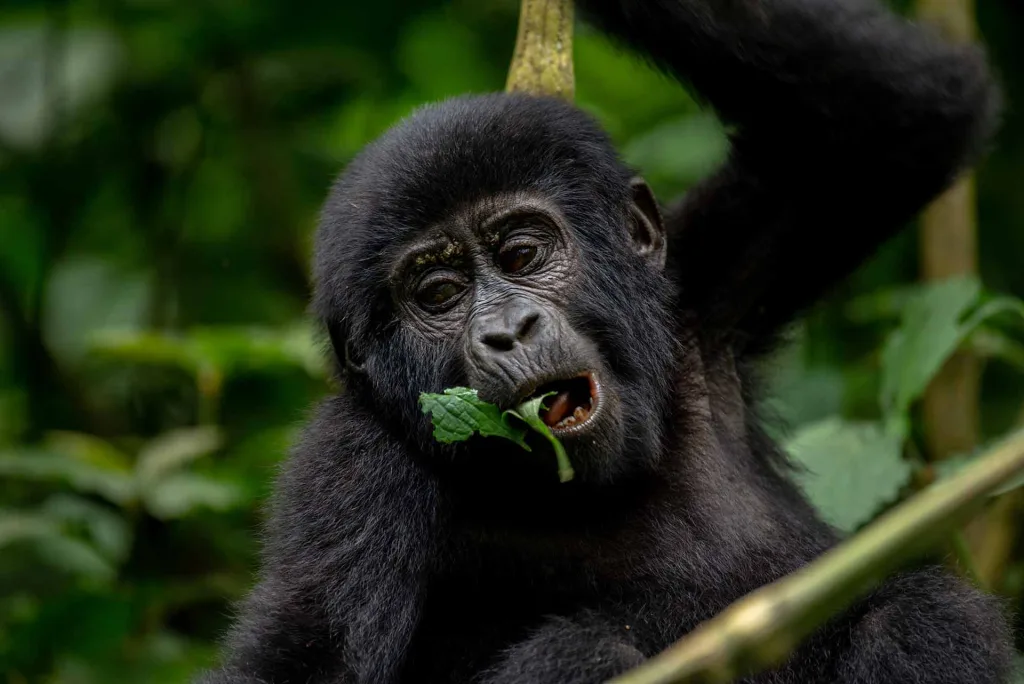
Accessibility and Logistics: Time vs. Convenience
Rwanda’s Advantage: Proximity to Kigali
Volcanoes National Park in Rwanda sits just 2-3 hours’ drive from Kigali International Airport. You can literally land in the morning and be at your lodge near the park by lunchtime. For travelers with limited time, say, a long weekend or those combining gorilla trekking with a business trip, this is incredibly appealing.
We’ve organized countless “quick gorilla treks” for clients with tight schedules. Fly into Kigali on Friday evening, trek Saturday morning, fly out Sunday. It’s doable, though we’d always recommend more time to truly absorb the experience.
Uganda’s Reality: Distance and Journey
Bwindi Impenetrable Forest, where most of our Uganda gorilla treks happen, is 8-10 hours by road from Entebbe. Mgahinga Gorilla National Park is similar. That’s a full day of driving, though the journey through Uganda’s countryside, rolling hills, tea plantations, and terraced farmland is stunning if you enjoy the journey as much as the destination.
We can arrange domestic flights to Kihihi or Kisoro airstrips (about 2 hours), cutting travel time significantly, but this adds cost. Still, even with flights, you’re looking at more logistics than in Rwanda.
Here’s our honest take: If you have only 2-3 days total, Rwanda makes sense. If you have a week or more and want a fuller Uganda safari experience (Queen Elizabeth, Murchison Falls, chimpanzees in Kibale). In that case, the longer journey to Bwindi becomes part of a larger, more diverse itinerary.
The Trekking Experience: Terrain and Difficulty
This is where things get interesting, because the actual gorilla encounter is remarkably similar in both countries; you’re seeing the same species in similar montane forest habitats. The difference is in the trekking itself.
Bwindi Impenetrable Forest (Uganda)
The name says it all: “impenetrable.” Bwindi is dense, steep, muddy, and challenging. Treks can range from 30 minutes to 6+ hours, depending on where the gorilla family has moved. The terrain is genuinely tough thick vegetation, steep slopes, slippery paths, and high humidity.
We always tell our clients: come prepared for a real hike. Good boots, trekking poles, reasonable fitness. Some days, you get lucky and find gorillas quickly. Other days, you’re hiking through challenging terrain for hours.
But here’s what we love about Bwindi: it feels wild. It feels like you’re genuinely tracking animals in their natural habitat, not visiting them. The sense of adventure and achievement is profound. When you finally encounter a family of gorillas after a tough trek, the payoff feels earned.
Bwindi also has multiple trailheads (Buhoma, Ruhija, Rushaga, Nkuringo), each offering different experiences and varying difficulty levels. We can match you to a sector based on your fitness level and preferences.
Volcanoes National Park (Rwanda)
Rwanda’s terrain is generally more open and slightly less dense than Bwindi’s. The volcanic slopes can still be steep and muddy, but the vegetation is often more manageable. Treks typically range from 1-4 hours.
We’ve found that Rwanda’s treks are, on average, somewhat shorter and less physically demanding than Uganda’s. This isn’t always the case; gorillas move, and some treks in Rwanda can be quite challenging, but as a general pattern, it holds.
For travelers with mobility concerns, limited fitness, or older travelers, Rwanda often provides a slightly more accessible experience. Though we should note that Uganda offers porter services (which we always recommend), and we can specifically request sectors with habituated groups known for staying at lower altitudes.
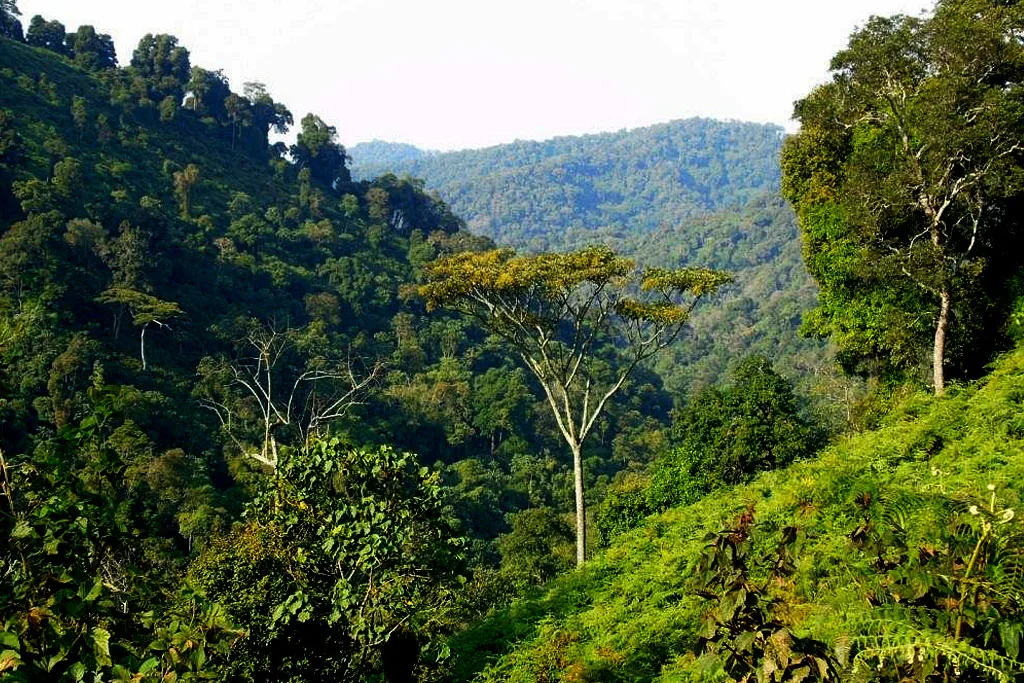
The Gorilla Families and Habituated Groups
Uganda: More Groups, More Availability
Uganda has approximately 28 habituated gorilla families available for tourism, in Bwindi and Mgahinga combined. This means more permits available daily, greater flexibility in booking, and better chances of securing last-minute permits during peak season.
At Raja Safari Holidays, we appreciate this flexibility when building custom itineraries. If a client wants specific dates, we have multiple sectors and families to work with. The variety also means different experiences. Some families are large (30+ individuals), others smaller; some have playful juveniles, others have multiple silverbacks.
Rwanda: Fewer Groups, Higher Demand
Volcanoes National Park has around 12 habituated gorilla families. With only 96 permits available daily (8 permits per family) and very high demand, booking well in advance is essential. We typically recommend 6-12 months ahead for peak season.
The scarcity and premium positioning mean Rwanda’s gorilla experience feels more exclusive. Group sizes and management are similar to Uganda (8 visitors per family, one-hour maximum with the gorillas), but the overall atmosphere leans toward luxury tourism.
Beyond Gorillas: What Else Is There?
This is where Uganda really shines in our experience at Raja Safari Holidays.
Uganda’s Safari Diversity
Uganda is a complete safari destination. After gorilla trekking in Bwindi, we can take you to:
- Queen Elizabeth National Park for tree-climbing lions, elephant herds, and hippo-filled channels
- Murchison Falls for classic savannah game drives and dramatic waterfalls
- Kibale Forest for chimpanzee trekking (another primate highlight)
- Jinja for white-water rafting on the Nile
- Exceptional birding across multiple ecosystems
Most of our gorilla trekking clients build 10-14-day itineraries incorporating multiple parks and experiences. The gorillas are the centerpiece, but Uganda offers a full safari experience.
Rwanda’s Focused Offerings
Rwanda has developed excellent tourism infrastructure around Volcanoes National Park, including golden monkey trekking and cultural village visits. Akagera National Park offers traditional savannah safari experiences with lions, elephants, and the Big Five, though it’s less developed than Uganda’s major parks.
Nyungwe Forest provides excellent chimpanzee tracking and the famous canopy walk, but it requires additional travel time. For travelers specifically focused on gorillas with limited time, Rwanda’s concentrated offerings work well. For those wanting a broader safari experience, Uganda provides more variety.
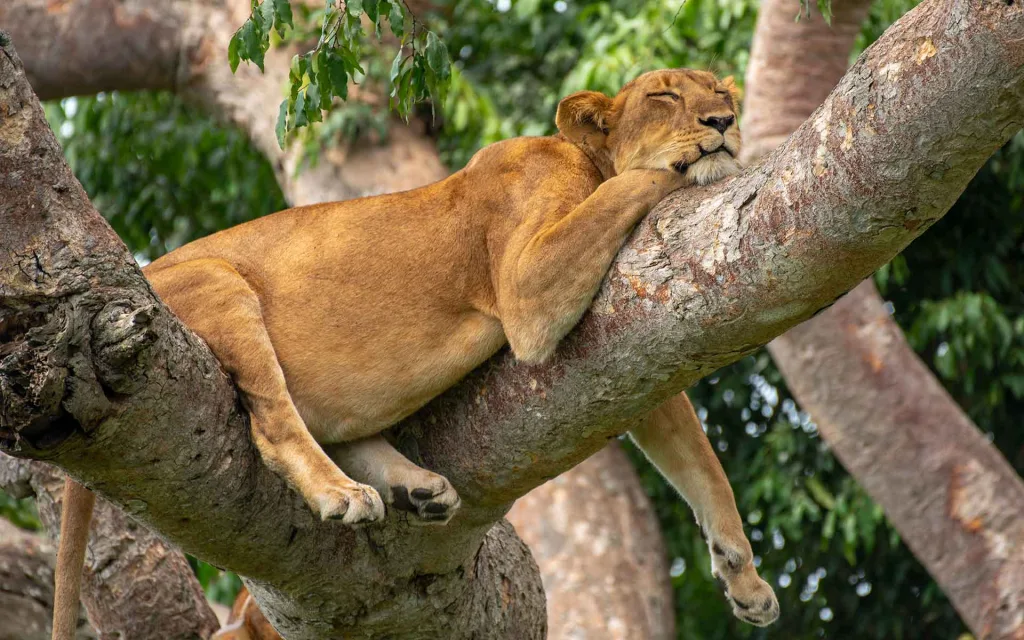
Accommodation and Infrastructure
Rwanda: Luxury-Focused
Rwanda has positioned itself as a high-end destination, and the lodges reflect this. Near Volcanoes National Park, you’ll find stunning luxury properties, Bisate Lodge, Singita Kwitonda Lodge, and One&Only Gorilla’s Nest that rank among Africa’s finest.
The infrastructure is excellent. Roads are well-maintained, tourism services are polished, and everything runs smoothly. Kigali itself is clean, safe, and easy to navigate.
Uganda: Range of Options
Uganda offers everything from budget camping to ultra-luxury lodges. Near Bwindi, properties like Sanctuary Gorilla Forest Camp, Clouds Mountain Gorilla Lodge, and Buhoma Lodge provide high-end comfort. But we can also arrange excellent mid-range options like Silverback Lodge or budget-friendly community bandas.
This range means we can build gorilla trekking experiences for virtually any budget at Raja Safari Holidays. You can trek gorillas without spending luxury-level prices on accommodation.
The roads and infrastructure in southwestern Uganda are improving, but remain more rustic than Rwanda. For some travelers, this adds to the adventure; for others, it’s a drawback.
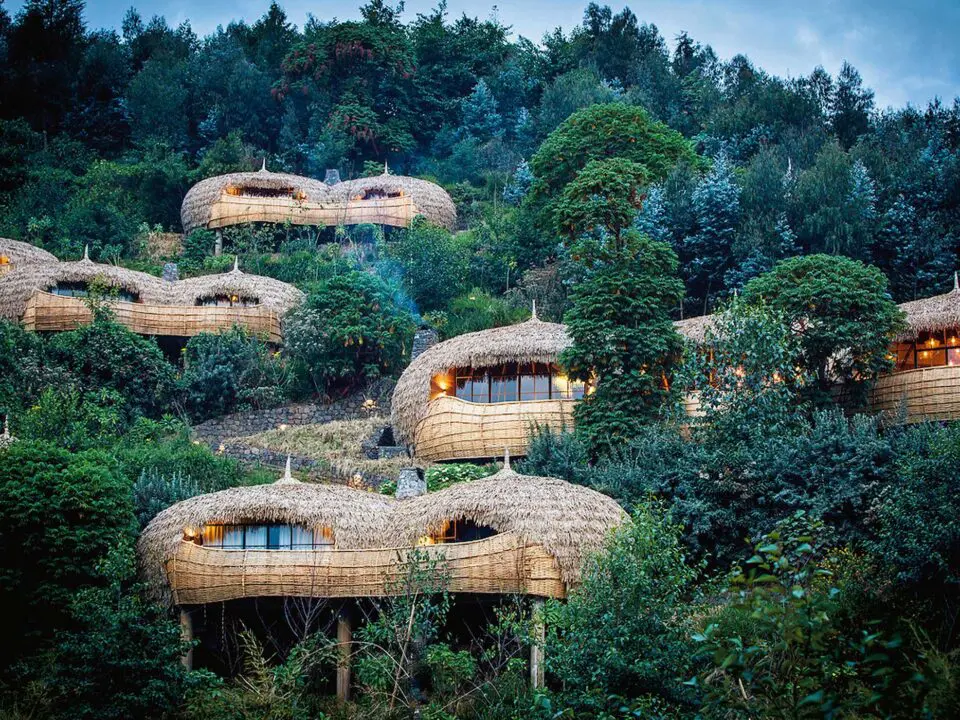
Cultural and Community Encounters
Both countries offer cultural experiences, but with different approaches.
Uganda: Community Integration
Around Bwindi, we work with local Batwa communities (indigenous forest people displaced by conservation), women’s craft cooperatives, and village walking tours. These experiences feel more integrated into the landscape and often more authentic, though sometimes less polished.
The Batwa experience, where former forest dwellers share their traditional lifestyle, is particularly powerful. A percentage of permit fees goes directly to community development projects.
Rwanda: Organized Cultural Tourism
Rwanda’s cultural experiences near Volcanoes National Park are well-organized through the Iby’Iwacu Cultural Village. You’ll see traditional dancing, visit a traditional healer, and learn about Rwandan culture. It’s professional and educational, though it can feel somewhat staged.
Rwanda’s approach is more “experience-ready,” while Uganda’s feels more organic. Neither is better or worse; it depends on what you prefer.
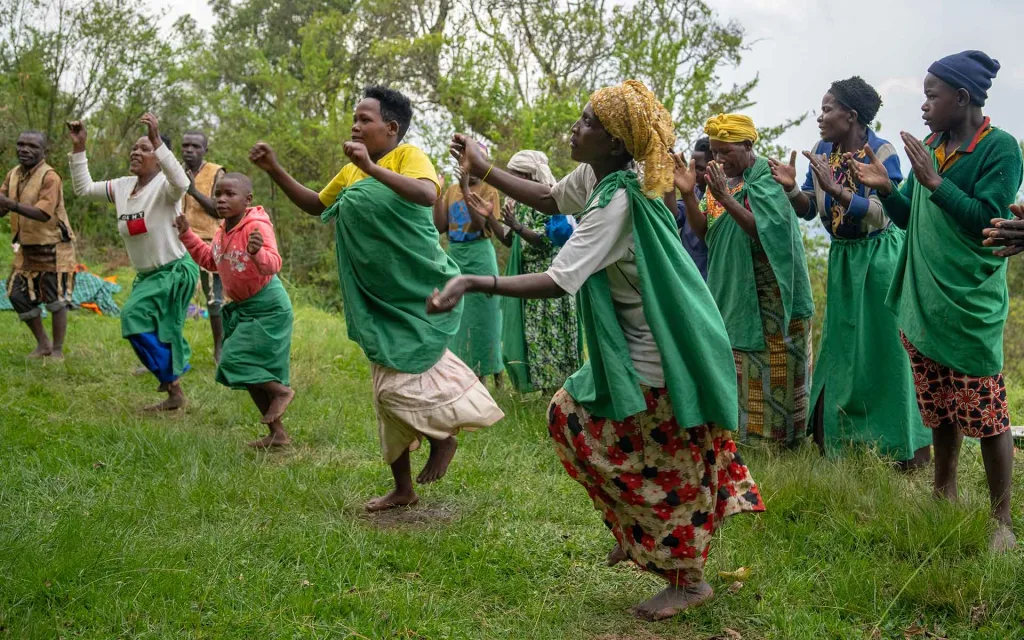
Conservation Philosophy and Impact
Both countries are conservation success stories, but with different approaches.
Rwanda: Premium Tourism Model
Rwanda’s high permit prices deliberately limit visitor numbers while maximizing conservation revenue. The strategy: fewer tourists paying more money means less environmental impact and more funding for protection.
It’s working. Rwanda’s gorilla populations are growing, and the country has become a model for sustainable high-value tourism. The “exclusive access” approach attracts wealthy travelers who view the premium price as ensuring quality and conservation impact.
Uganda: Accessible Conservation
Uganda’s lower permit price reflects a philosophy of making gorilla trekking accessible to more people while still funding robust conservation. The Uganda Wildlife Authority (UWA) reinvests permit fees into protection, anti-poaching efforts, and community projects.
With more visitors comes more economic impact, spreading through local communities, porters, guides, lodge staff, and craft sellers. We’ve watched communities around Bwindi transform as gorilla tourism has grown, with improved schools, health centers, and infrastructure.
Both models work. Rwanda’s exclusive approach and Uganda’s accessible approach both contribute significantly to mountain gorilla conservation.
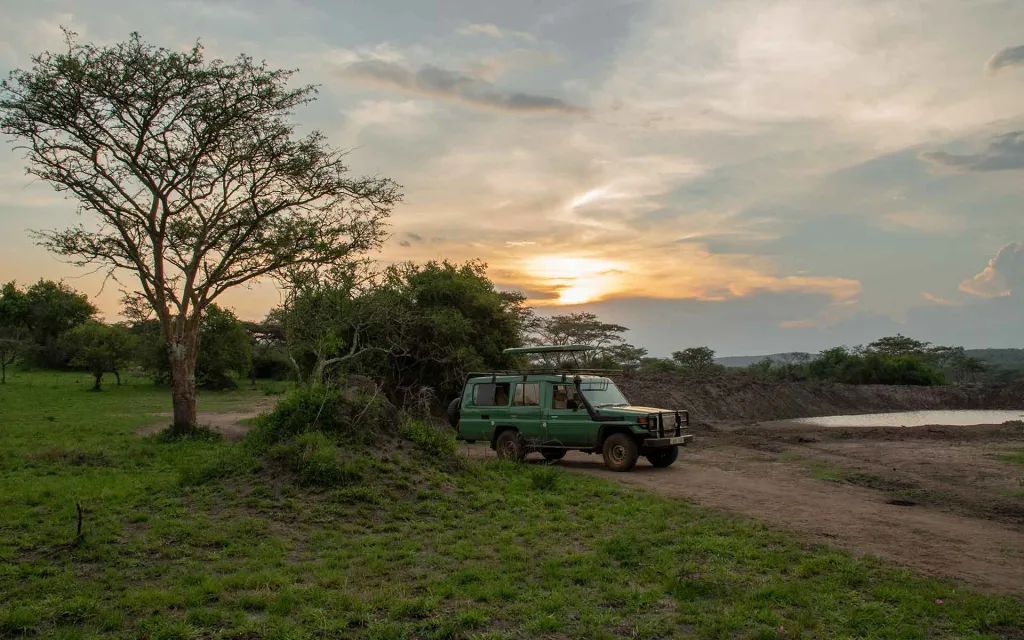
Weather and Best Times to Visit
The gorilla trekking experience is possible year-round in both countries, but timing affects conditions.
Dry Seasons (Best for Trekking):
- June to September
- December to February
During dry seasons, trails are less muddy, hiking is easier, and the forests are slightly more pleasant. However, permits are in higher demand and book up faster.
Wet Seasons (More Challenging but Rewarding):
- March to May
- October to November
Wet seasons mean muddy, slippery conditions and more challenging treks. However, the forests are lush, photography can be dramatic, and permits are more available. Gorillas don’t mind rain, and many photographers prefer the moody atmosphere.
At Raja Safari Holidays, we trek year-round and find that prepared travelers have excellent experiences regardless of season. Proper gear matters more than timing.
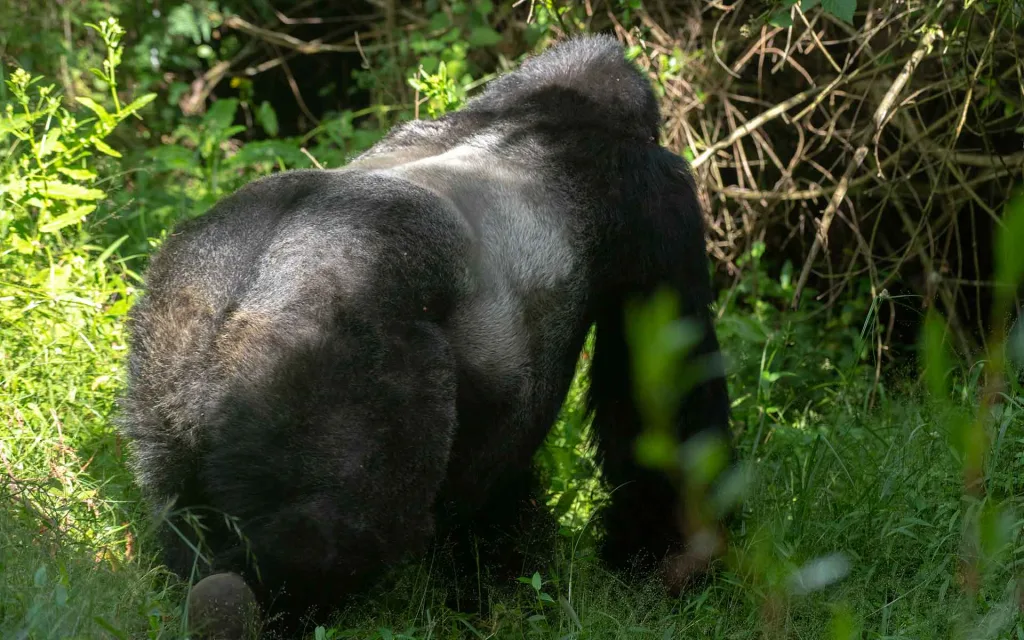
Our Honest Recommendation
After organizing hundreds of gorilla treks in both countries, here’s how we guide our clients:
Choose Rwanda if:
- You have very limited time (3-4 days total)
- Budget isn’t a primary concern
- You prioritize convenience and luxury
- You want a smooth, polished, hassle-free experience
- You’re combining gorilla trekking with a business trip or short holiday
Choose Uganda if:
- You want the best value for your money
- You’re planning a longer safari (7+ days)
- You want to combine gorillas with other wildlife experiences
- You prefer a more adventurous, less polished experience
- You want diverse accommodation options across budgets
- You’re interested in chimpanzees, birding, or classic safaris
Consider both if:
- You have 10-14+ days, and the budget allows
- You want to compare the experiences
- You’re a serious primate enthusiast
Some of our most satisfied clients have trekked in both countries during a single extended trip, and they consistently tell us the gorilla encounters themselves are equally magical. The differences lie in everything surrounding that one-hour moment.
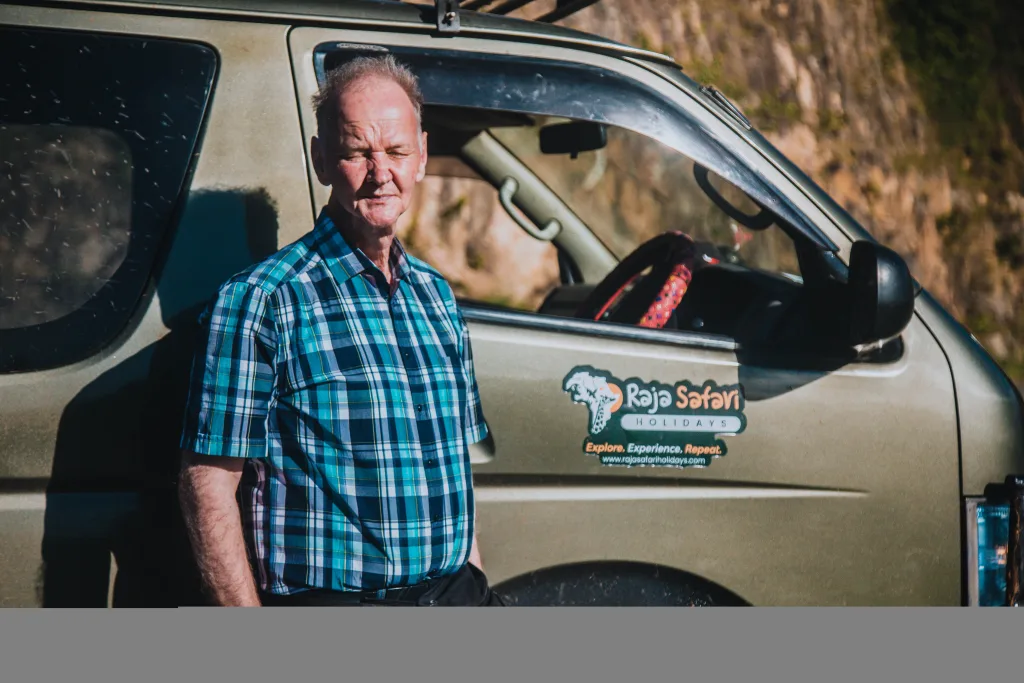
The Bottom Line
There is no “better” choice between Uganda and Rwanda for gorilla trekking, only the better choice for you. The mountain gorillas you’ll encounter are the same endangered species, living in similar habitats, behaving naturally in the wild. That core experience is equally profound in both places.
At Raja Safari Holidays, we’ve seen clients equally moved by encounters in Bwindi’s dense forests and Rwanda’s volcanic slopes. We’ve watched tears flow, heard awestruck silence, and witnessed life-changing moments in both countries.
The decision comes down to your priorities: budget, time, convenience, adventure level, and what else you want from your East African journey. We’re here to help you make that choice based on honest information, not marketing hype.
Whichever you choose, you’ll be supporting one of conservation’s greatest success stories. Mountain gorilla populations have grown from fewer than 300 individuals in the 1980s to over 1,000 today, thanks to tourism funding and community engagement in both countries.
So choose the option that fits your circumstances, prepare for an unforgettable experience, and get ready to lock eyes with one of our closest living relatives in the wild. That moment transcends borders, price points, and logistics. It’s why we do what we do at Raja Safari Holidays, connecting people with experiences that change how they see the world.
Ready to plan your gorilla trekking adventure? Whether Uganda, Rwanda, or both, we’ll make sure it’s everything you hope for and more.
To make an Inquiry or Request a Quote, click here
Recent Posts
Uganda vs. Rwanda for Gorilla Trekking: An Honest Comparison
Why Uganda’s Birding Scene Rivals Any in the World
Community Tourism: How Your Safari Supports Local Communities
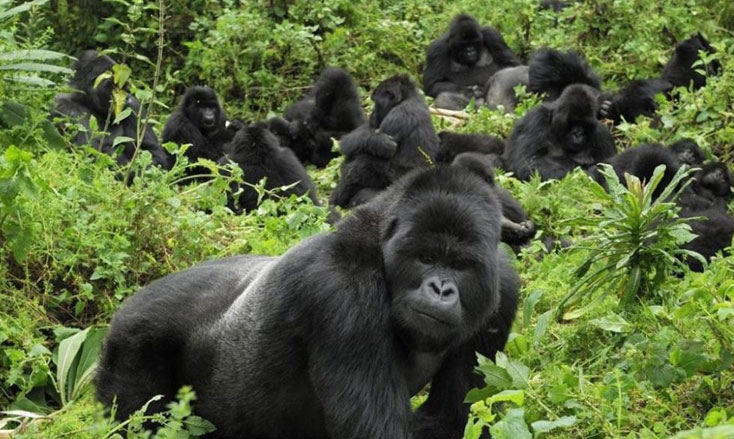
Uganda
